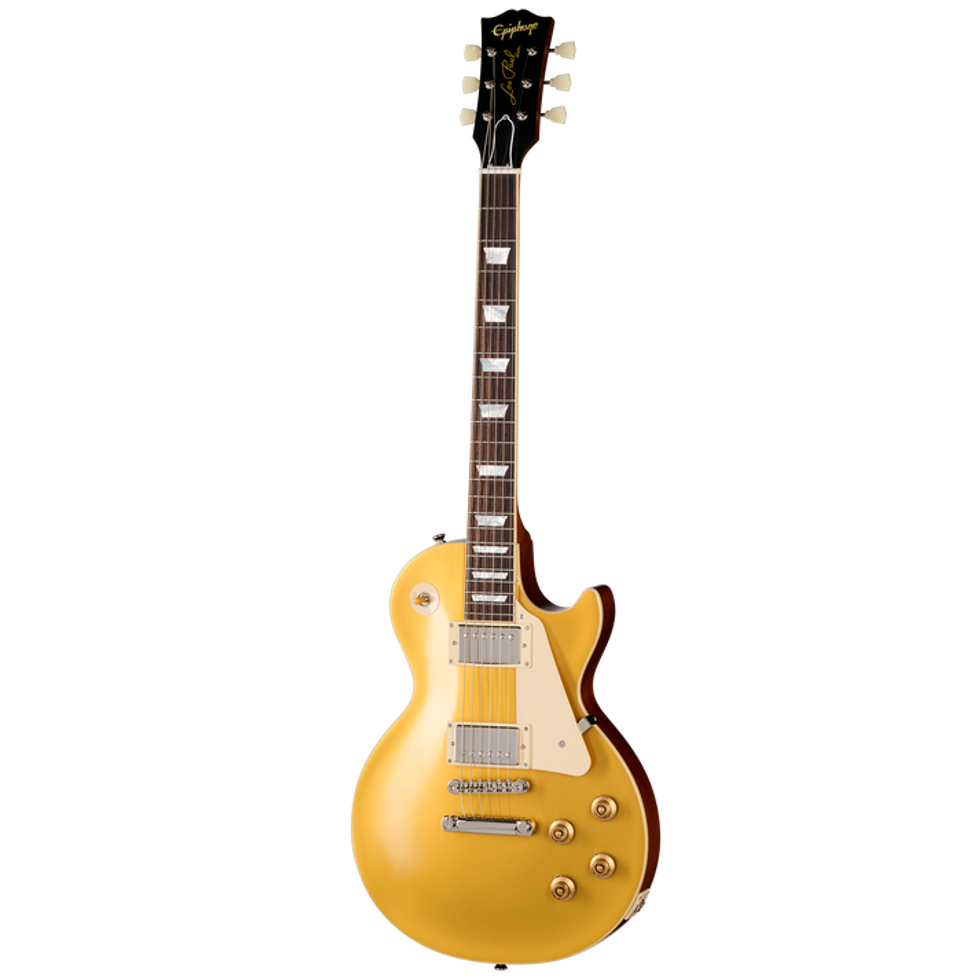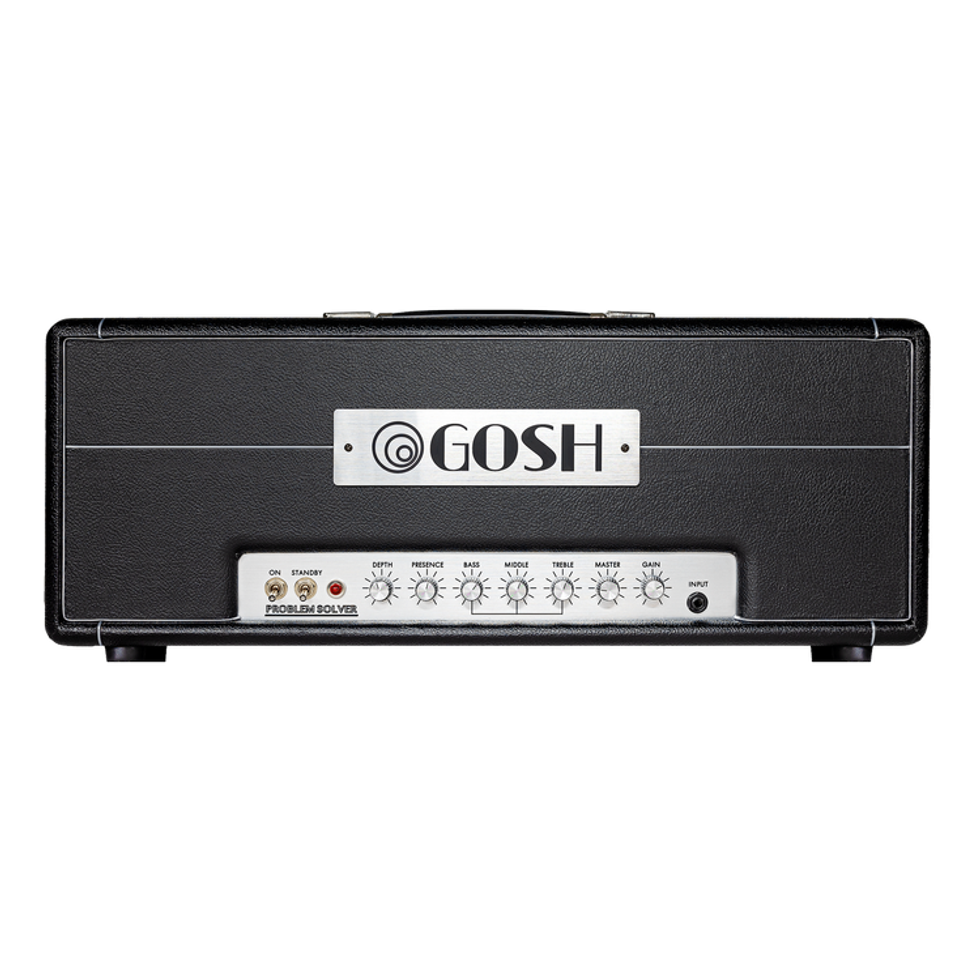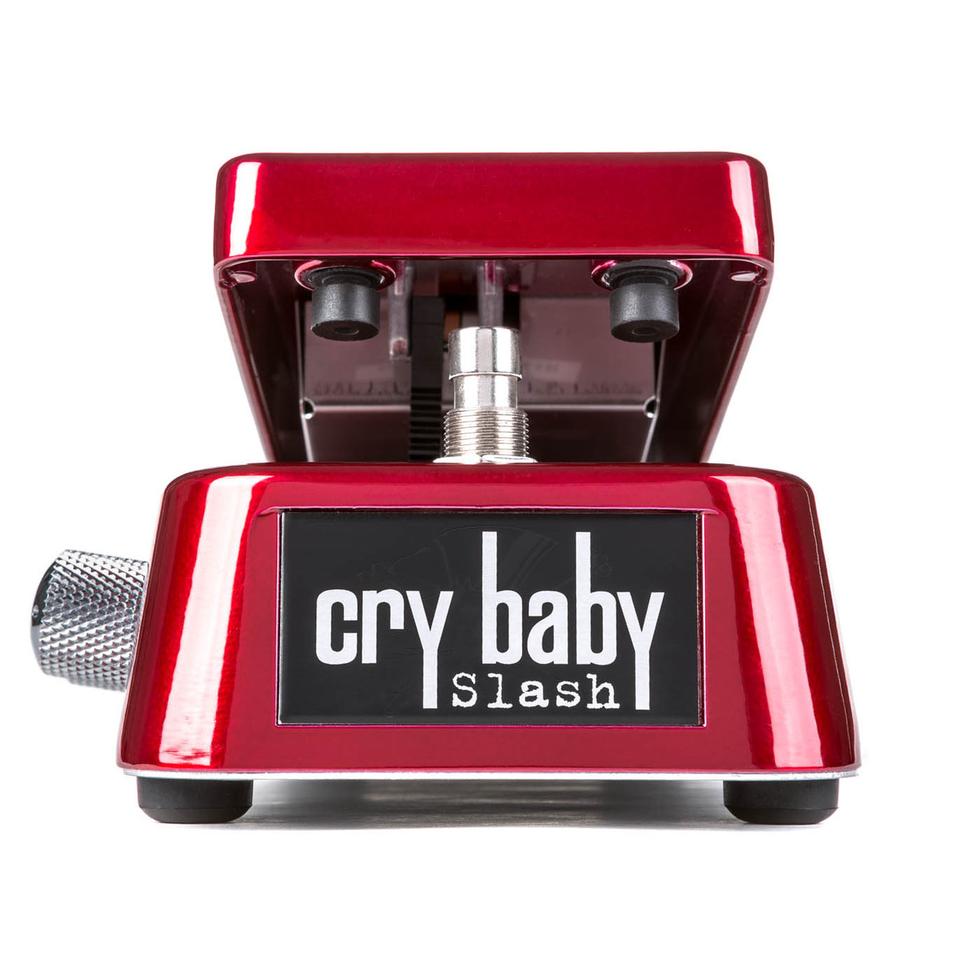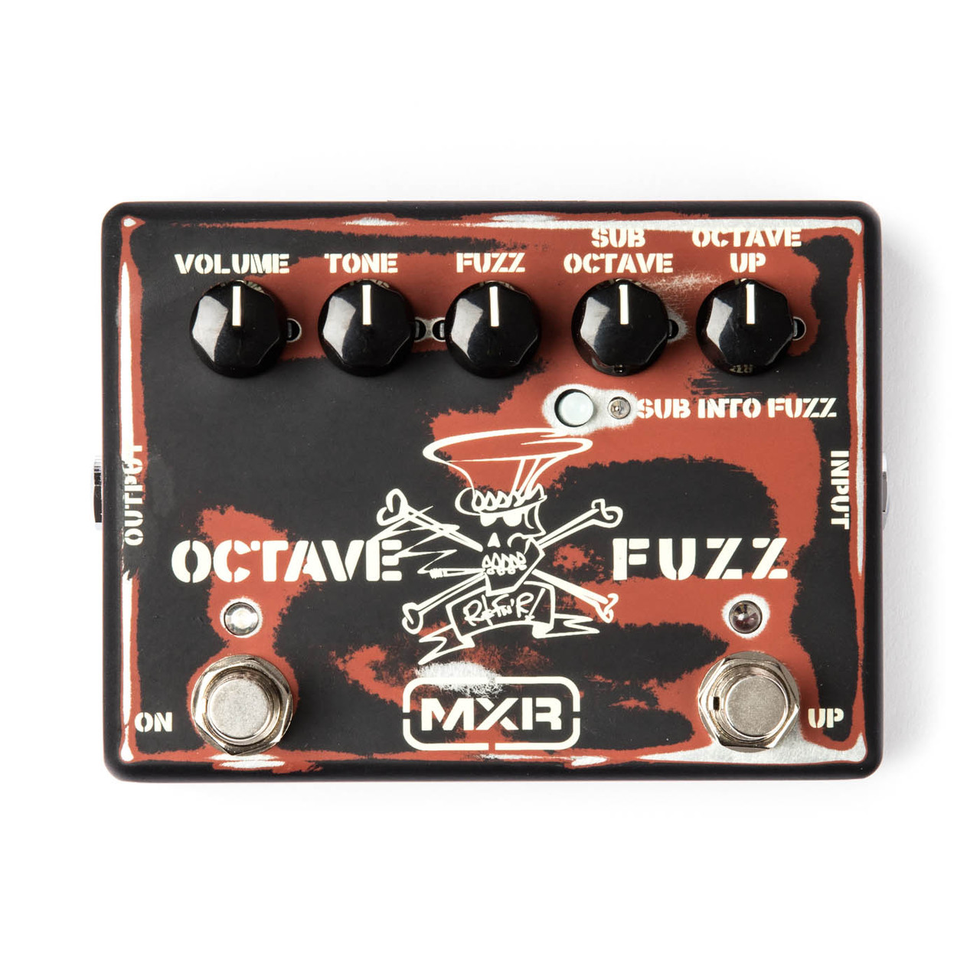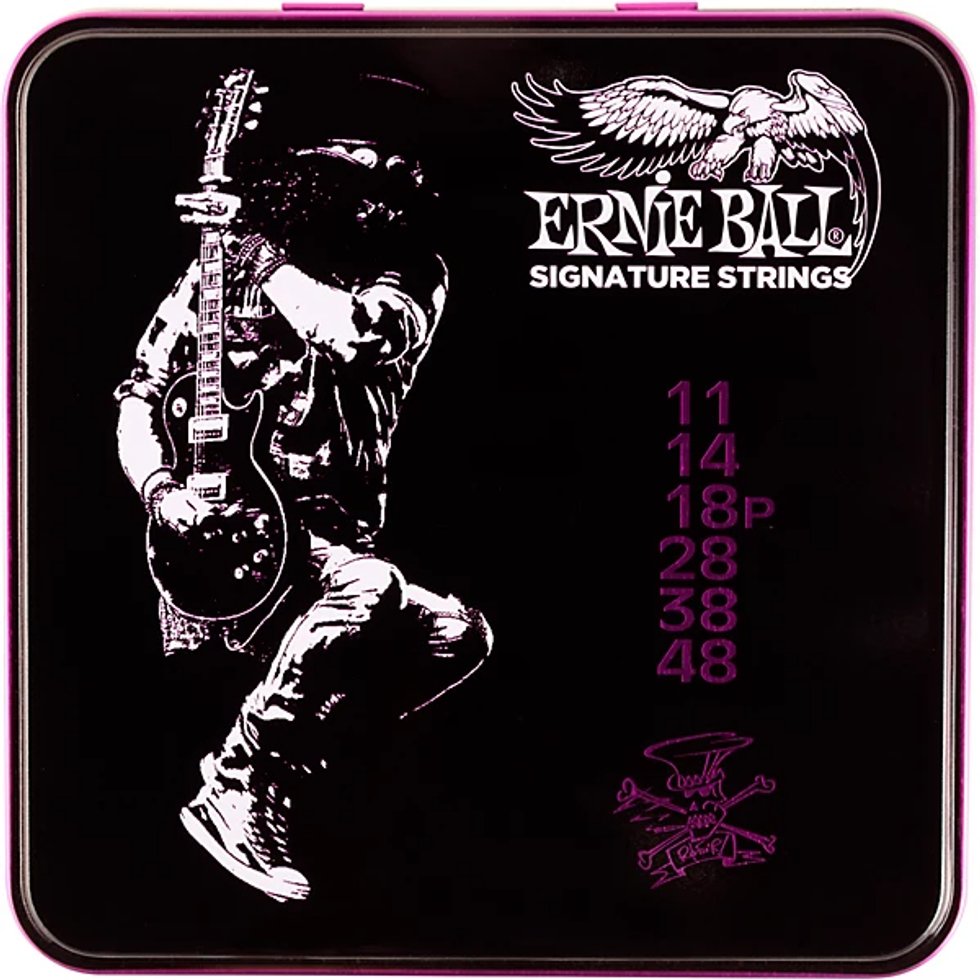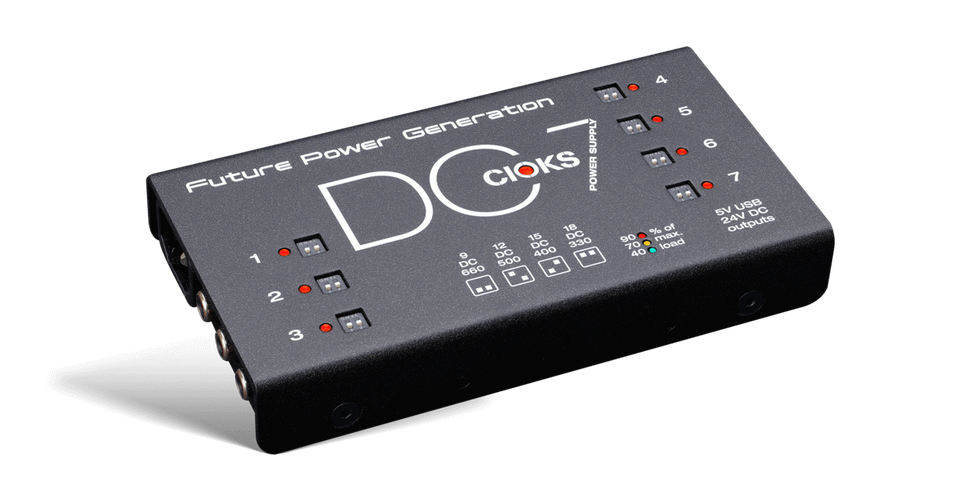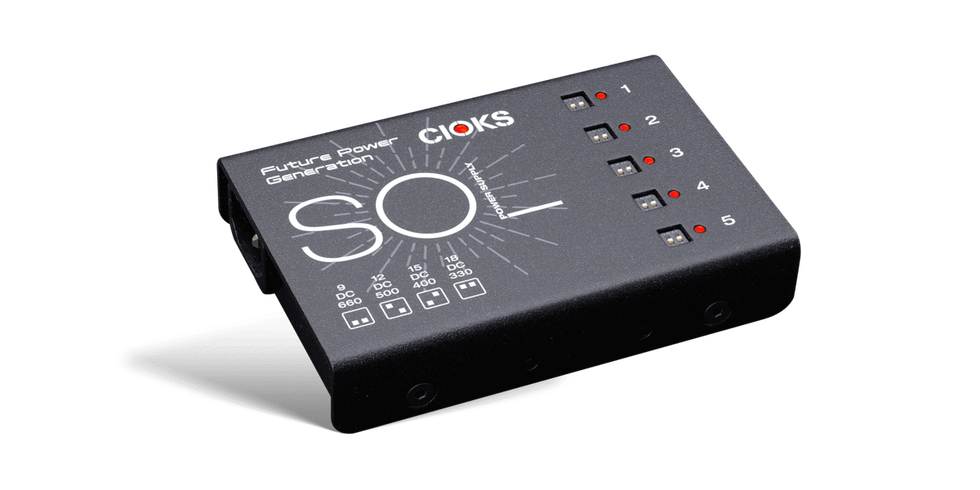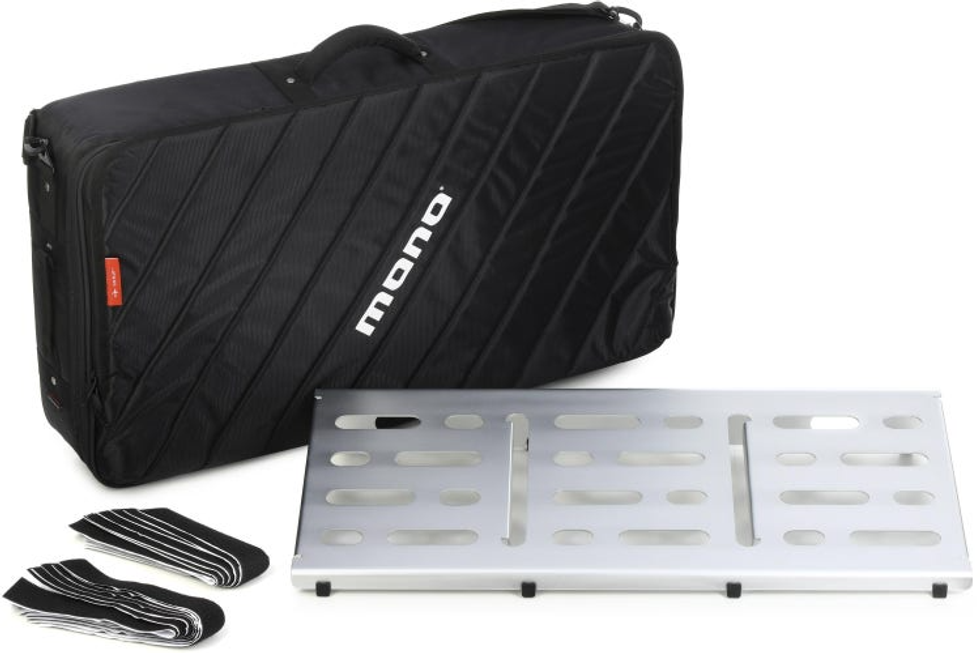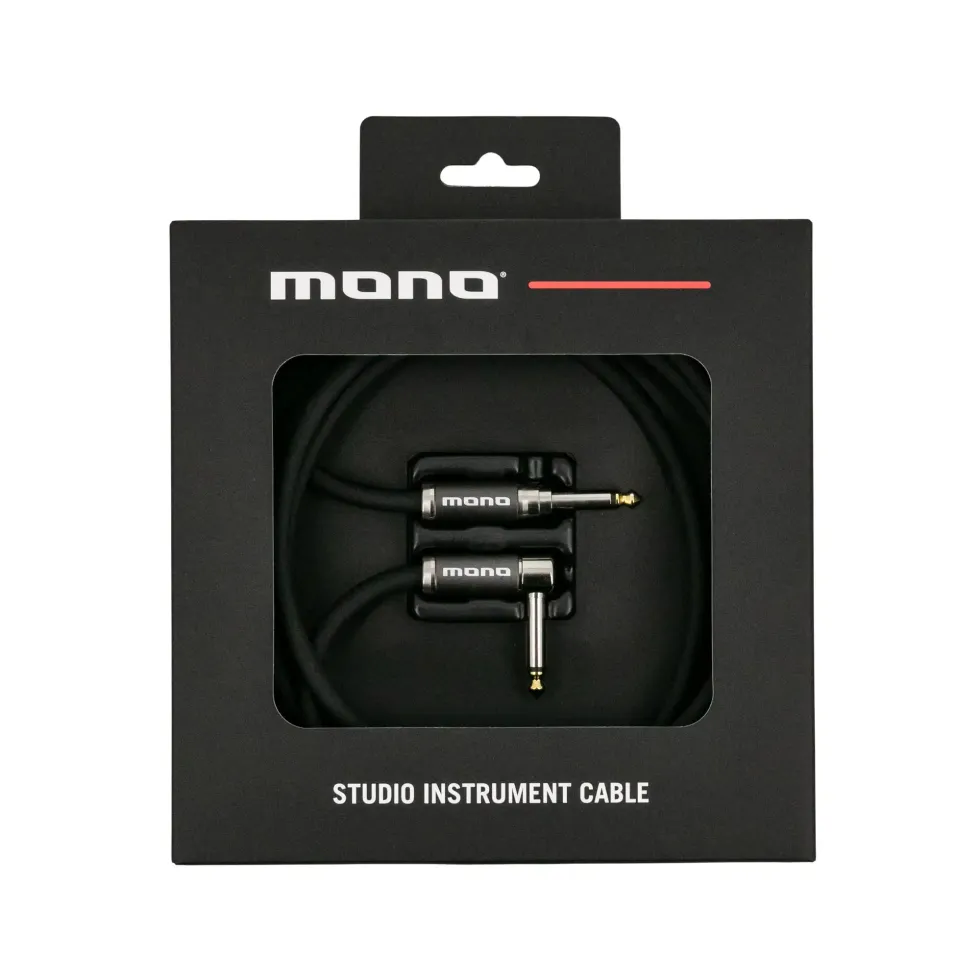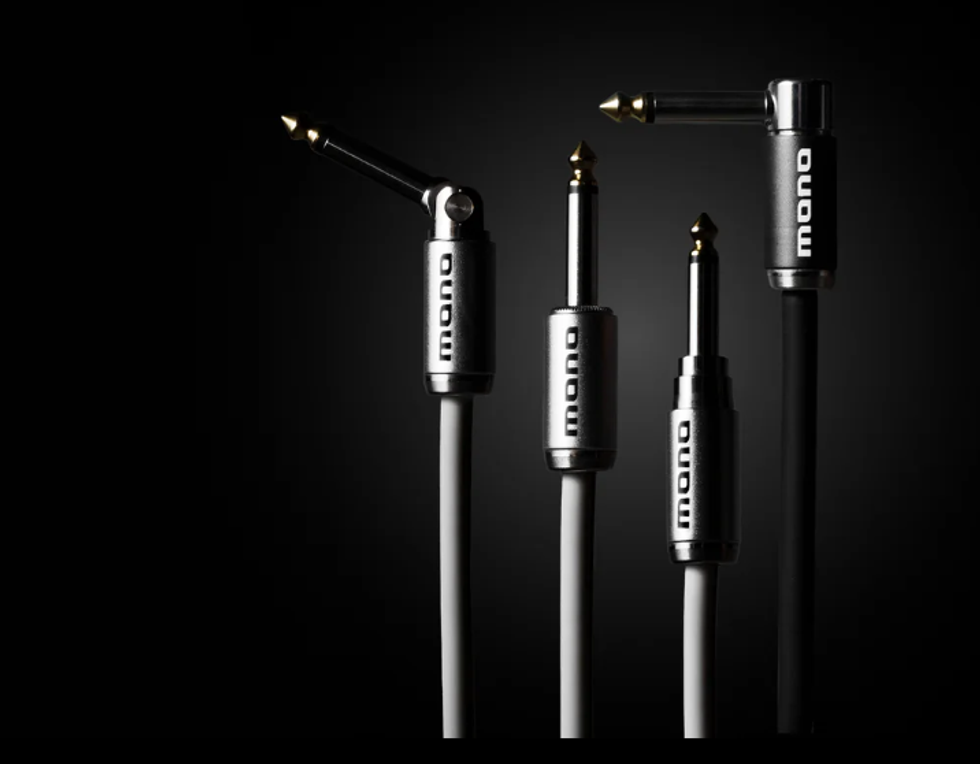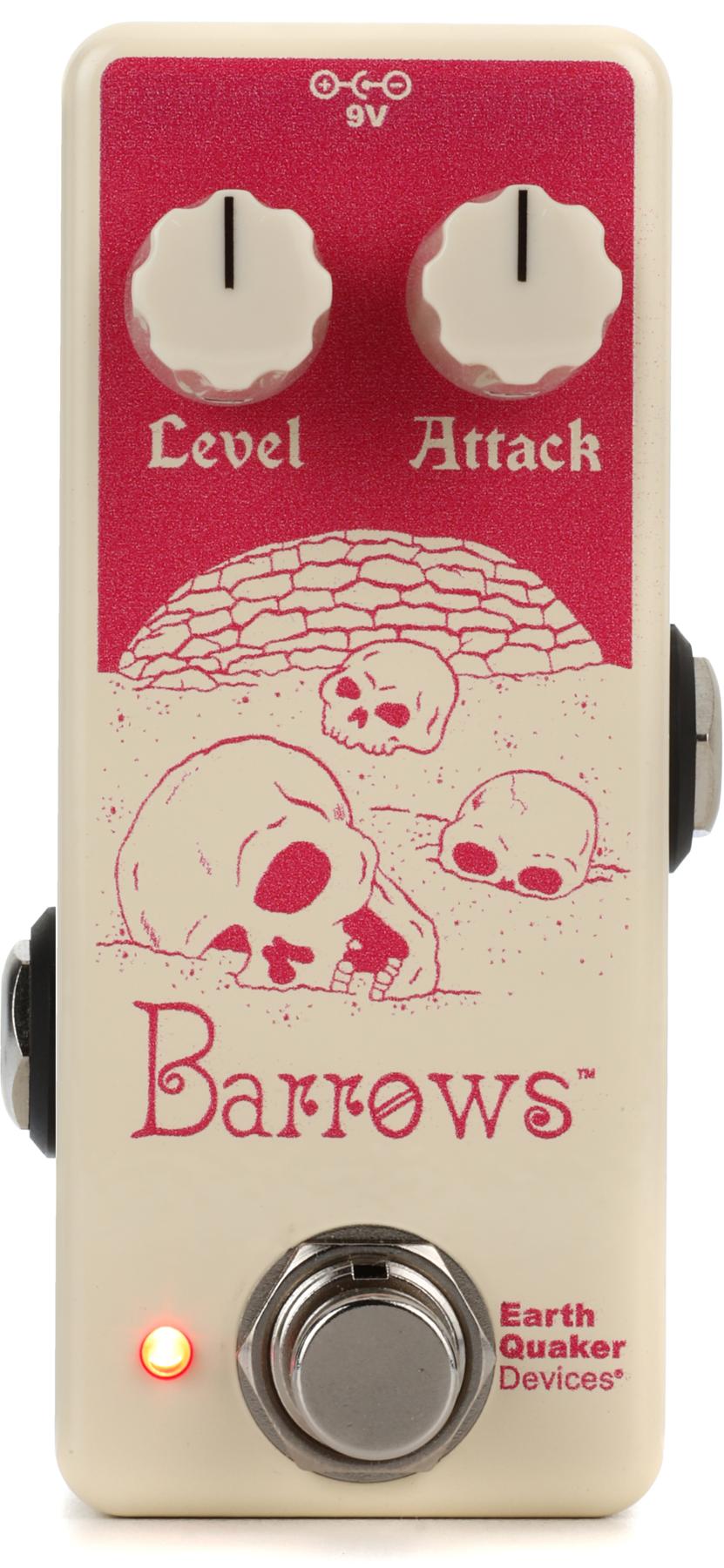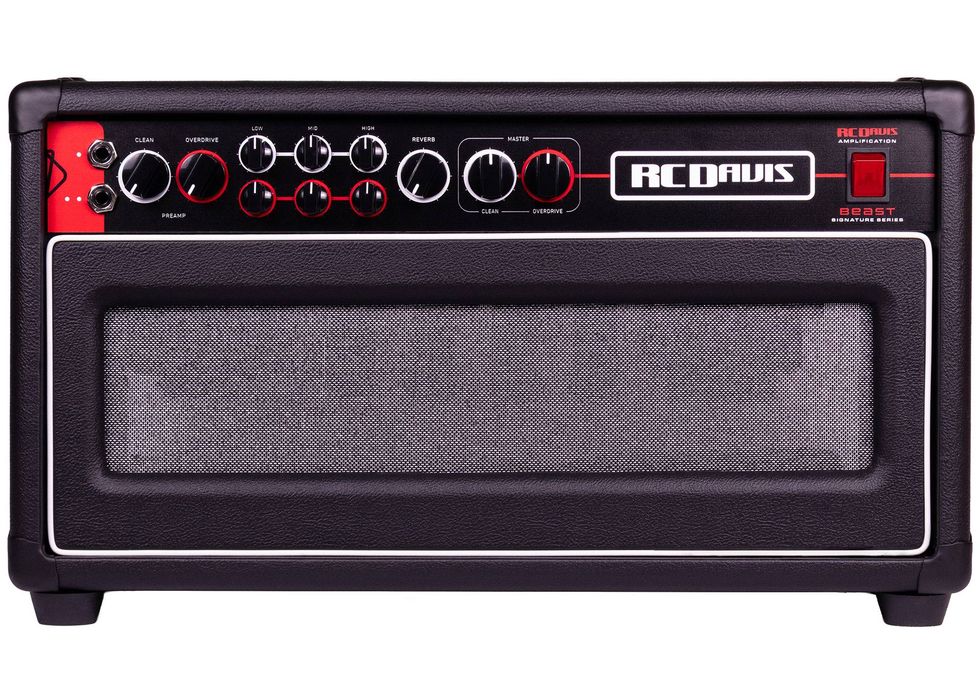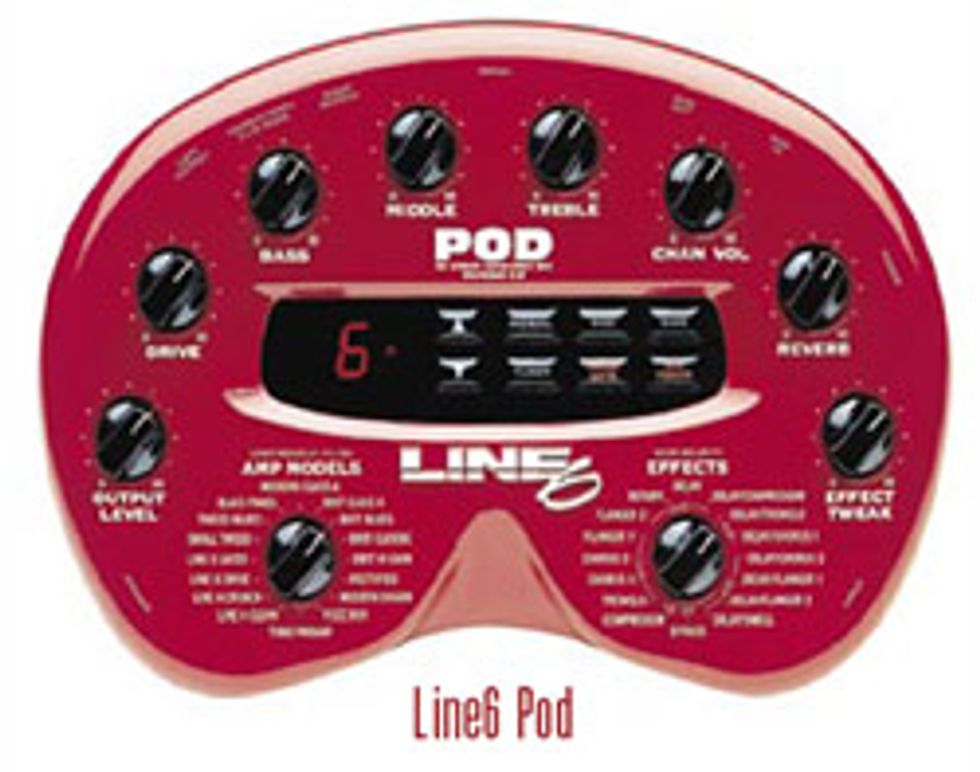 I remember getting my first model car kit when I was a kid. It was a white Camaro Z28. Though putting it together didn’t require rocket science, it still took a great deal of planning and formulating how to turn all of those tiny plastic parts into something that ended up resembling a miniature sports car. When finished, it wouldn’t fool anyone into believing it was a real car, but if I did a good job, upon looking at the final result, you could recognize that it was in fact a model of a sports car. And if I did an excellent job, you could identify which make and model it was. With expert skill, I might even trick you into thinking that it was a real car (size notwithstanding).
I remember getting my first model car kit when I was a kid. It was a white Camaro Z28. Though putting it together didn’t require rocket science, it still took a great deal of planning and formulating how to turn all of those tiny plastic parts into something that ended up resembling a miniature sports car. When finished, it wouldn’t fool anyone into believing it was a real car, but if I did a good job, upon looking at the final result, you could recognize that it was in fact a model of a sports car. And if I did an excellent job, you could identify which make and model it was. With expert skill, I might even trick you into thinking that it was a real car (size notwithstanding). In the last decade or so, computers have evolved into brilliant number crunchers — and with the right programming, expert model builders. A computer-generated model is constructed out of advanced mathematical algorithms, and can emulate a variety of processes and images, as well as sound, with stunning realism. Put your ears to the test. The next time you listen to your favorite contemporary rock/pop song, listen closely to that great sounding Strat playing through a Plexi head and a 4x12 cabinet, miked with an off-axis Shure SM57. Put on your nicest headphones and give it a good listen — you just might be listening to a model of that very same setup.
Don’t get me wrong; I’m not suggesting that we’ve stopped miking amps or manufacturing great pickups and microphones. But I am saying that the technology to fool even the best of us guitar-tone audiophiles is here and it’s getting better and better.
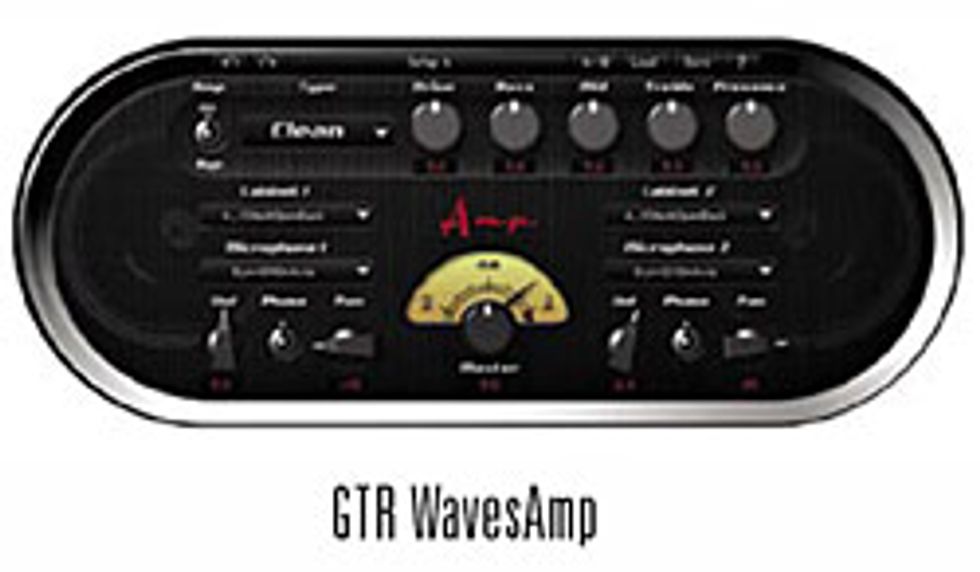 So why all this hype about modeling technology? What’s wrong with miking my Twin Reverb? The answer: nothing is wrong with that! But now you can have easy (and affordable) access to all of your favorite amps, speaker cabinets, speaker types, and microphones, and even customize your own hybrid combinations in the comfort of your living room — without driving your neighbors crazy. Moreover, if a guitar sound just doesn’t sit right in the final mix, with a few button presses and knob twists (graphically depicted on your computer screen) you can redesign your guitar rig. It’s really about versatility and convenience.
So why all this hype about modeling technology? What’s wrong with miking my Twin Reverb? The answer: nothing is wrong with that! But now you can have easy (and affordable) access to all of your favorite amps, speaker cabinets, speaker types, and microphones, and even customize your own hybrid combinations in the comfort of your living room — without driving your neighbors crazy. Moreover, if a guitar sound just doesn’t sit right in the final mix, with a few button presses and knob twists (graphically depicted on your computer screen) you can redesign your guitar rig. It’s really about versatility and convenience. There are many great modeling products available that can fit the budget of even monetarily challenged guitar players. An example would be the almost ubiquitous Line 6 Pod — that red bean-shaped device that’s been used on some of the biggest hit recordings. A similar computer-based modeling product is GTR, a Mac/PC software processor made by Waves, a company that’s been pioneering modeling technology for the last 15 years.
Guitar amp and effect modeling technology offers a whole new world of tone options for recording and performing guitarists (and bassists). It’s here, it’s accessible and affordable, and it can streamline your creative process on your next project.
Yuval Fuchs is well into his 24th year of guitar playing and is a Sales Engineer at Sweetwater Sound. He spends his free time testing and comparing new pro audio products in his studio. He can be reached at yuval_fuchs@sweetwater.com or at (800) 222-4700 ext. 1367







